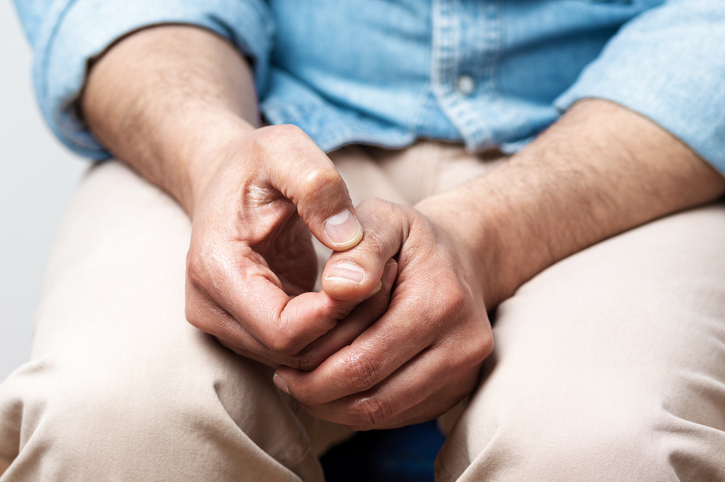If it seems a week hasn’t gone by this past year without a shooting incident being reported in the national news. Sadly, we’ve seen more than 250 mass shootings in the past six months, according to a recent Washington Post article.
The increase is tied to two key indicators: Gun sales have soared to an all-time high, with the FBI citing nearly 3 million background checks for firearms done from November 2021 thru April 2022. And, in at least 71 mass shootings, the shooter had a known previous history of domestic violence.
Civilian gun ownership and gun violence
Guns play a big part in not just our national history and path to freedom, they’ve become an integral part of military training and civilian life. So intertwined in our national fabric, gun ownership is a right secured through the Constitution’s Second Amendment, which states, “A well-regulated Militia, being necessary to the security of a free State, the right of the people to keep and bear Arms, shall not be infringed.”
That’s a right and privilege we as a nation take to heart. According to the Council on Foreign Relations, The United States, with less than 5 percent of the world’s population, has 46 percent of the world’s civilian-owned guns. Making it the number-one country for most firearms per capita.
The U.S. also has the highest homicide and suicide by firearm rate in the world’s developed countries. Looking at suicide alone, firearms were the leading cause of American deaths last year (60%). Looking exclusively at active-duty service people and veterans, that percentage spikes to 68% (compared to 48% of non-veteran), according to Veterans for Gun Reform (a nonpartisan advocacy group).
Although owning a gun is a right—it comes with great power and responsibility. We as both military and civilian citizens must ensure good intent.
Preventing negative thoughts from becoming deadly behaviors
Experts like Jeffrey Swanson, a medical sociologist and professor of psychiatry at Duke University, are interested in better understanding gun violence and how to predict and prevent the behaviors that lead up to it. What Swanson has found in his studies is that mental health isn’t a precursor. Of course, mental state may influence an individual’s actions. But what is a much steadier precursor is a history of violence and violent thoughts. “Any history of violent behavior is a much stronger predictor of future violence than mental-health diagnosis,” Swanson shares in a New Yorker article.
I tend to agree with Swanson’s summation that gun prohibitions shouldn’t be based on mental health, but on records of previous violent behavior. Past felonies, minor disputes, domestic issues, and military infractions included.
“There are lots of people out there carrying guns around who have high levels of anger—the type who smash and break things,” Swanson says. Experts also point to substance abuse and histories of domestic violence as precursors to gun violence.
It’s important to mention that suicide is another factor for consideration. It may be surprising to learn that mass shootings aren’t the leading cause of gun deaths in America. Instead, Pew Research studies say suicide by firearm is the number one cause of gun facilities today (54%).
Turning heartache into positive action
Of course, there are legislative policies that can be put into place at the state and federal levels to make obtaining a gun more difficult. Comprehensive firearm policies, including limiting large-capacity magazines, safer storage, and protective orders may be of some benefit.
But what may really help is identifying and working with individuals who may be at risk. Hospital and community intervention programs, school counseling services, and reducing the stigma of mental health in society can all build a better network for identifying individuals who may have a greater propensity for violence.
By turning our pain into action, we may be able to assist perpetrators before they act out–helping them manage those feelings before they spill out into violent acts.
If you or someone you care about may be experiencing violent thoughts, speak with someone you trust about your concerns, and don’t be afraid to ask for help from a family member, teacher, health professional, church leader, or friend. Please know you’re not alone. It’s important to take signs and threats you may question seriously. The most important thing to remember is to not go it alone and to take any signs or threats seriously. Additional sources of support include:
- National Suicide Hotline number: (800) 273-TALK (8255)
- National Domestic Violence Hotline: (800) 799-7233 or thehotline.org
- DoD Safe Helpline: (877) 995-5247; text in the U.S.: 55-247


